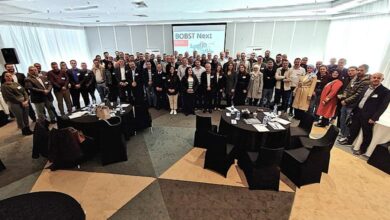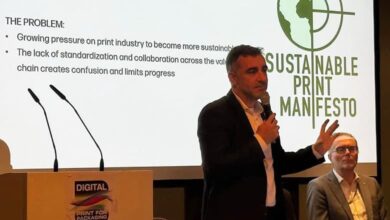China: Sinocorrugated 2013 Draws Large Crowd
SinoCorrugated 2013, one of the largest corrugated manufacturing industry trade events in the world, run by Reed Exhibitions, concluded on April 11 at the Shanghai New International Expo Center. The show achieved a new high in terms of international reach and scale.
Spanning and exhibition area of 61,700 sqm and hosting 600+ exhibitors, together with 26,293 visitors from 100 countries and regions, SinoCorrugated 2013 was 20% larger than 2011 edition. More than 1,300 pieces of corrugated manufacturing equipment, together with 1,000 consumables were displayed. These figures reinforce the global influence and brand strength of SinoCorrugated in the world corrugated box industry.
Over 90 suppliers took part in the exhibition for the first time this year, joining the swelling ranks of enterprises from across the industry. Many exhibitors brought their most advanced equipment and technologies to the exhibition. Among these were BHS, Fosber, EMBA, Goettsch, SUN and MarquipWardUnited.
Over 40 associations from countries including China, Spain, Singapore, India, Malaysia, Indonesia, Argentina, Vietnam and South Korea sent 2,000 delegates to visit the show.





